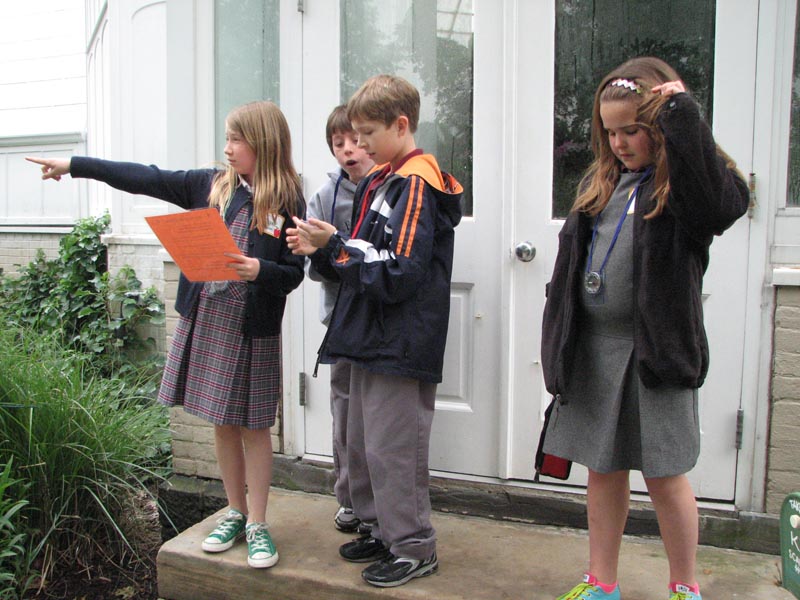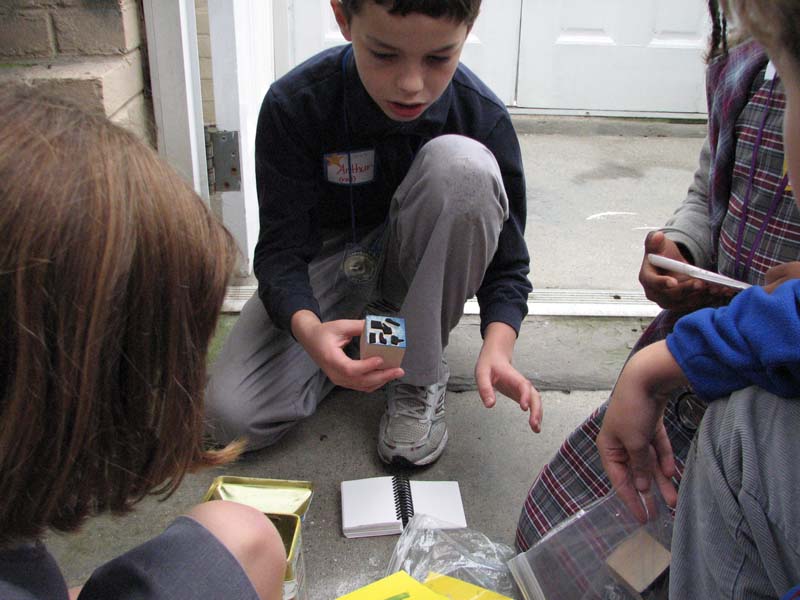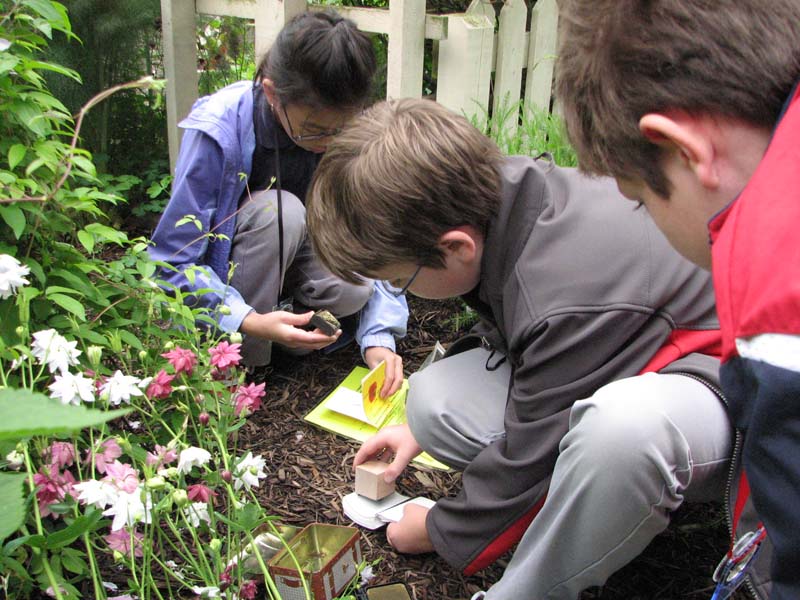Letterboxing: A Hidden Pastime
Letterboxing is essentially a treasure hunt, but this unique pastime is less about finding treasure, and more about the challenge of the journey and exploring the world around you. The goal is quite simple—to find a hidden box (appropriately named a “letterbox”).
Letterboxers follow clues left behind by a fellow box hunter, which often include step-by-step compass bearings based off identifiable landmarks, followed by a riddle that leads to the final box location. A typical letterbox riddle might read something like this: “Beyond the wall, before the hedge, where stone meets stone on plaza’s edge.” The letterboxes themselves contain a small notebook and a stamp. Letterboxers also carry their own unique stamp, so when a box is found, they leave their mark in the box’s notebook, and then use the box’s stamp in their own notebook. The box is then carefully hidden again, and left for the next treasure hunter to find.
Letterboxing likely began in the mid-19th century in Dartmoor, England. According to the story, a gentleman out walking put his calling card into a bottle and hid the bottle near a pond for others to find. Soon, other walkers began leaving their calling card in the bottle, and then similar bottles began popping up in other locations around Dartmoor. Somewhere along the way, the bottles were swapped for small boxes, and the calling cards exchanged for rubber stamps and notebooks. By the 1970s, the number of boxes grew to one hundred, and an official club was founded to maintain them.
In what is now Dartmoor National Park, letterboxing remains a popular pastime among a dedicated group of enthusiasts. In the 1990’s, Smithsonian magazine posted an article about Dartmoor’s letterboxing community, sparking an interest in the hobby in the United States. The American letterboxing community has continued to grow, and has become increasingly tech saavy—there are now entire websites dedicated to the pastime where letterboxers can post their clues. Letterboxing has spread all over the United States, although in recent years the practice has been somewhat overshadowed by its more modern cousin, geocaching. Geocaching builds on the foundations of letterboxing in many ways, but instead of step by step clues, geocachers use GPS to find their boxes, and instead of a stamp, they usually leave behind a small trinket.

Student letterboxers follow step-by-step instructions and use a compass to locate a hidden letterbox on the Frick’s grounds.

Students use stamps they made themselves to leave their marks in a recently discovered letterbox at the Frick.

A letterbox is discovered by students participating in the Frick’s letterboxing school program.
Here at the Frick, letterboxing is alive and well. The site’s nearly six acres of gardens and walking paths provide excellent hiding places for letterboxes. Each year, hundreds of students participate in our letterboxing school program, which is offered in the fall and spring for fourth through sixth graders. Letterboxing is also available as part of our scout programs. Every spring, the Frick hosts Girl Scout Letterboxing Day, which is an excellent way for local Brownie troops to earn their “Letterboxer” badge. This year, we’ll be hosting letterboxing days on April 27 and May 18, but space is limited. Advance registration is always required for letterboxing programs, so reserve your troop’s spot today and join the hunt!

A small notebook, a stamp, and a compass are a letterboxer’s tools of the trade.
Letterboxing likely began in the mid-19th century in Dartmoor, England. According to the story, a gentleman out walking put his calling card into a bottle and hid the bottle near a pond for others to find. Soon, other walkers began leaving their calling card in the bottle, and then similar bottles began popping up in other locations around Dartmoor. Somewhere along the way, the bottles were swapped for small boxes, and the calling cards exchanged for rubber stamps and notebooks. By the 1970s, the number of boxes grew to one hundred, and an official club was founded to maintain them.
In what is now Dartmoor National Park, letterboxing remains a popular pastime among a dedicated group of enthusiasts. In the 1990’s, Smithsonian magazine posted an article about Dartmoor’s letterboxing community, sparking an interest in the hobby in the United States. The American letterboxing community has continued to grow, and has become increasingly tech saavy—there are now entire websites dedicated to the pastime where letterboxers can post their clues. Letterboxing has spread all over the United States, although in recent years the practice has been somewhat overshadowed by its more modern cousin, geocaching. Geocaching builds on the foundations of letterboxing in many ways, but instead of step by step clues, geocachers use GPS to find their boxes, and instead of a stamp, they usually leave behind a small trinket.
Student letterboxers follow step-by-step instructions and use a compass to locate a hidden letterbox on the Frick’s grounds.
Students use stamps they made themselves to leave their marks in a recently discovered letterbox at the Frick.
A letterbox is discovered by students participating in the Frick’s letterboxing school program.
Here at the Frick, letterboxing is alive and well. The site’s nearly six acres of gardens and walking paths provide excellent hiding places for letterboxes. Each year, hundreds of students participate in our letterboxing school program, which is offered in the fall and spring for fourth through sixth graders. Letterboxing is also available as part of our scout programs. Every spring, the Frick hosts Girl Scout Letterboxing Day, which is an excellent way for local Brownie troops to earn their “Letterboxer” badge. This year, we’ll be hosting letterboxing days on April 27 and May 18, but space is limited. Advance registration is always required for letterboxing programs, so reserve your troop’s spot today and join the hunt!
A small notebook, a stamp, and a compass are a letterboxer’s tools of the trade.

